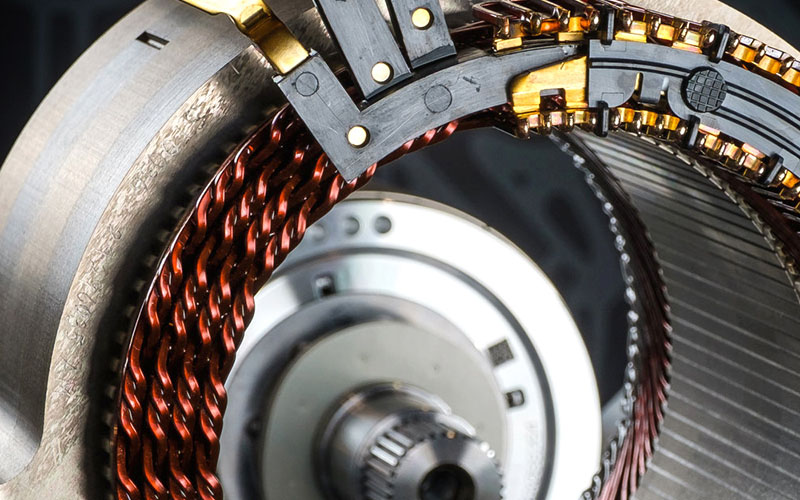
In any motor application, it is important to choose the type used carefully. If the motor is too small, it may cause electrical stress, which can lead to premature motor failure. If the motor power is too large, it may lead to equipment damage and unnecessary power waste. Depending on the requirements and limitations of the application, the wrong motor can also cause many other problems.
For these reasons, it is important to know which motors are suitable for which applications. The first step is to understand how they work and what advantages they offer. Let's look at single-phase motors and three-phase motors.
1. Different power supply methods: single-phase motors can only be powered by single-phase power supply, while three-phase motors need to be powered by three-phase power supply.
2. Different starting methods: single-phase motors need certain auxiliary devices when starting, such as capacitors, starters, etc., while three-phase motors can start by themselves.
3. Different operating stability: the three-phase motor has a balanced torque during operation due to the power supply mode, and the operating stability is better than that of the single-phase motor.
4. Different rated power: three-phase motor rated power is relatively large, widely used in industrial production; Single-phase motors are suitable for household appliances or light industry with low power requirements.
5. Different dimensions: Due to the different structure and power supply mode of the motor, the dimensions of the single-phase motor and the three-phase motor are also different, and the three-phase motor is relatively more compact.